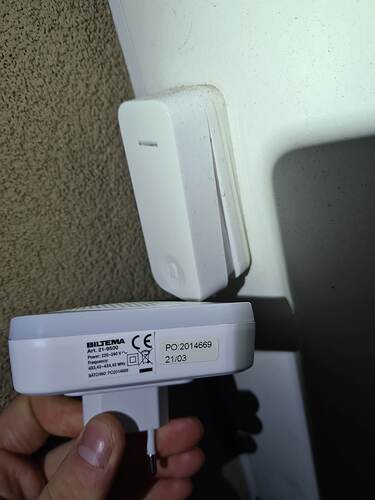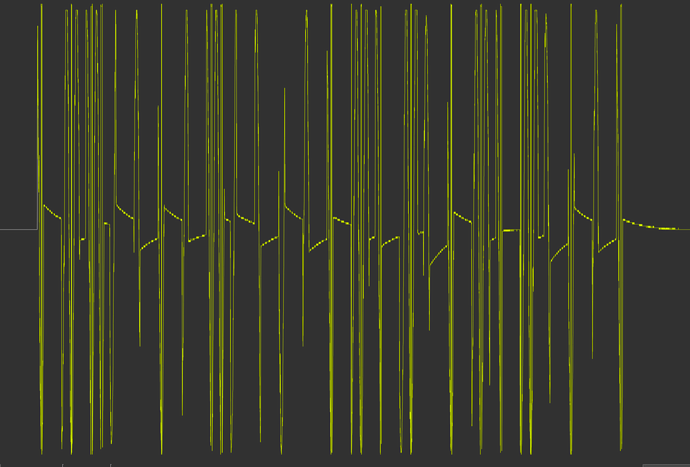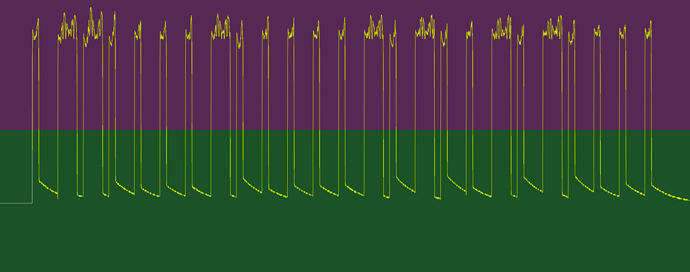I think I have the same issue with a similar doorbell (kinetic) on 433.92Mhz
I dig a bit deeper, and it looks like the flipper isn’t capturing the signal correctly.
This is what flipper records in my case:
RAW_Data: 128325 -5760 97 -6480 133 -164 131 -294 99 -952 821 -996 99 -264 465 -100 99 -202 1429 -66 148043 -12240 165 -2024 265 -98 395 -98 359 -164 ...
I then used Hackrf and URH to capture the signal on my laptop. The signal was not very pretty, but URH had no problem demodalting it (ASK):
It was a sequence of long and short pulses (50us and 150us), each 200us apart:
I used that info to manually convert those pulses to flipper format, it looked something like this:
RAW_Data: 50 -150 150 -50 150 -50 50 -150 50 -150 50 -150 50 -150 150 ...
Uploaded to flipper and send it. The doorbell rang every time no problem.
So I guess there’s something wrong with the way the flipper demodulates the signal.



